The safety features on your vehicle include more than anti-lock brakes, traction control devices and air bags. Your wheels and tires play an important role in helping you drive straight, turn corners and stop whenever necessary. To achieve optimal performance, it is important to have your vehicle tires properly aligned.
The complete service typically costs anywhere from $50 to $168, depending on the provider. It should be done once or twice a year, but the exact timing will depend on your car and driving habits.
Tire alignment or wheel alignment is the process of adjusting your vehicle’s suspension, making sure that your tires are connecting with the road at the proper angles.
Tire alignment ensures that your car works as the manufacturer intended. Having improperly aligned tires could lead to worse gas mileage, more wear on your tires and damage to your vehicle’s components.
The cost accompanied with a wheel alignment service for your car will range by establishment, type of vehicle and even your ZIP code. Here is a breakdown of the expected cost for a four-wheel vehicle alignment by state for a 2020 Toyota Camry according to Kelley Blue Book’s fair repair range.
| City | State | Expected price |
|---|---|---|
| New York | New York | $138 to $168 |
| Los Angeles | California | $119 to $140 |
| Chicago | Illinois | $138 to $162 |
| Dallas | Texas | $109 to $128 |
| Orlando | Florida | $121 to $143 |
| Atlanta | Georgia | $126 to $148 |
| Richmond | Virginia | $126 to $148 |
| Phoenix | Arizona | $126 to $148 |
| Philadelphia | Pennsylvania | $135 to $159 |
| Charlotte | North Carolina | $125 to $147 |
When you take your car into a shop for an alignment, the technician starts by analyzing angles at three checkpoints — caster, camber and toe — by using an alignment machine and performing a visual inspection.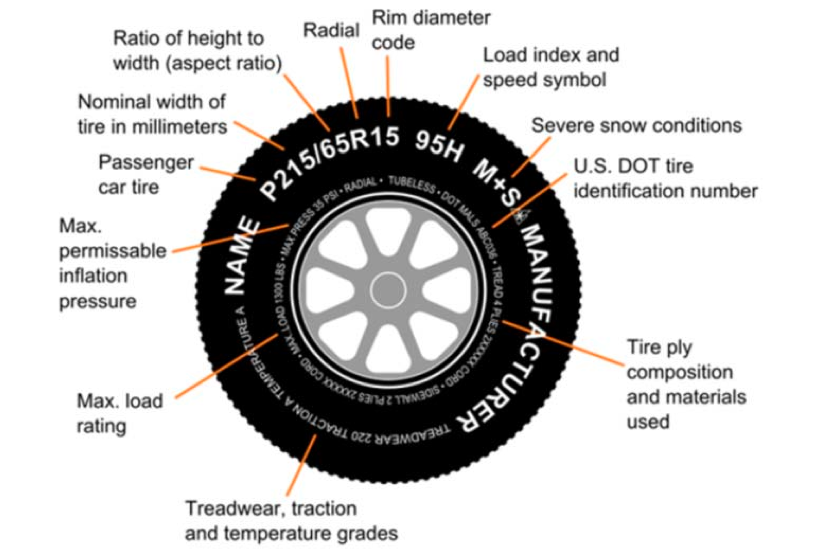
Some mechanics also take the vehicle on the road for a test drive to check for signs of alignment problems, like a steering wheel that vibrates or a vehicle that veers to the left or right when the steering wheel is in a resting position.
The mechanic then compares the angles with the manufacturer’s recommendations for best performance.
After completing the analysis, the technician places the vehicle on an alignment rack and mounts what are called targets to the wheel ends. The technician then uses the machine to adjust the caster, camber and toe until they are within the vehicle manufacturer’s recommended ranges.
The technician then uses the machine to adjust the caster, camber and toe until they are within the vehicle manufacturer’s recommended ranges.
Most mechanics take the vehicle out for another test drive to check the new adjustments to make sure everything functions properly.
Regularly adjusting your vehicle’s alignment offers several benefits that save you time, give you a smoother ride and keep you safer on the road.
Properly aligned tires maintain better contact with the road’s surface by extending the life of your tires and reducing skidding on slick roads. This also reduces rolling resistance and better absorbs road shock, resulting in improved gas mileage and a smoother ride on paved surfaces.
During the alignment, your mechanic may discover worn suspension parts, giving you an opportunity to replace them before they turn into a costly or dangerous mechanical problem that takes your car off the road for an extended period.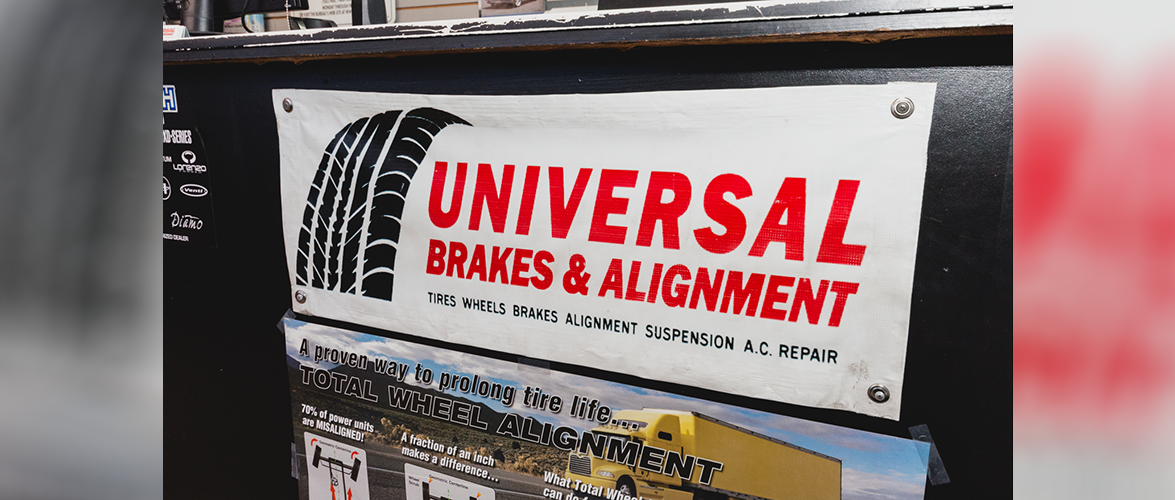
You can get an alignment done at any local mechanic or auto repair center. If you don’t have a relationship with a mechanic, call around for quotes or use resources like Kelley Blue Book to compare prices in your area.
While you should call ahead for an appointment, the wheel alignment itself should take only about an hour. With that said, the process could take longer if the mechanic finds any underlying issues or needs to replace additional components.
If getting an alignment seems expensive, remember that it could ultimately be more expensive to skip it. Forgoing this preventative maintenance means you’ll have to replace the tires more frequently and driving with unaligned tires could also wear out components like your suspension. Spending the hundred or so dollars each year on tire alignment could end up saving you much more in costly repairs.
Home
Ford
Wheels - Alignment
Advertisement
Select Your Vehicle
Fair Repair Range
Alignment is the process of making sure all 4 wheels point in the same direction, which will cause the vehicle to drive straight and not drift.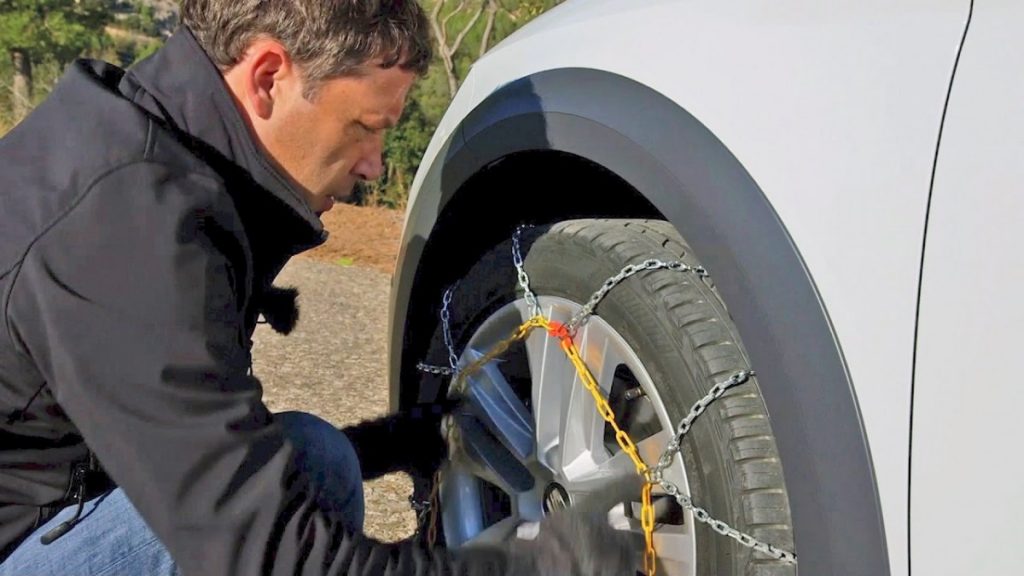 Performing this service regularly (yearly or after the vehicle starts drifting) will extend the life of your tires. Alignment is measured in degrees of camber (tire leaning inward or outward), caster (forward or backward slope of steering components in relation to the McPherson struts) and toe (the direction the tires are pointing). Toe-in means that the tires are pointing inward; toe-out means that the tires are pointing outward. Most vehicles are “averaged” for everyday driving.
Performing this service regularly (yearly or after the vehicle starts drifting) will extend the life of your tires. Alignment is measured in degrees of camber (tire leaning inward or outward), caster (forward or backward slope of steering components in relation to the McPherson struts) and toe (the direction the tires are pointing). Toe-in means that the tires are pointing inward; toe-out means that the tires are pointing outward. Most vehicles are “averaged” for everyday driving.
No Local Dealers Match Your Search.
Please choose a different make or a different ZIP.
Also known as a car or front-end alignment, a wheel alignment is a critical adjustment performed to ensure that your Acura tracks straight and true as you cruise down the road. Poor alignment can cause premature tire wear, suspension failure, unsafe operation, excessive steering wheel play, driver fatigue and more.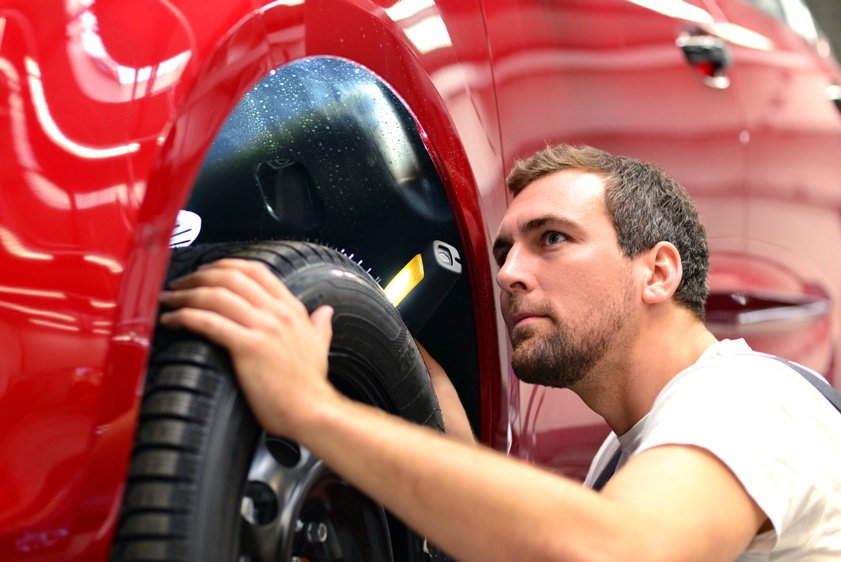
Proper car, truck or SUV operation is a balancing act that depends on a combination of power, acceleration, steering and braking. It requires proper alignment specifications and well-maintained suspension components. Tires, steering mechanisms, shock absorbers and springs must work properly with each other for continued reliable service.
Simply put, a vehicle that is out of alignment means that your wheels are pointing in different directions. This, in turn, causes accelerated and uneven tire wear as well as causing your vehicle to pull to the right or the left. The good news? This situation is easily correctible. Your local Ford service department, tire retailer or local automotive service center is ready and able to straighten things out for you.
Precise wheel alignment does not last for the life of your car. Even a brand-new vehicle can have a chance encounter with a curb or pothole. These impacts can cause your vehicle to fall out of alignment instantaneously. In most cases, alignment can degrade gradually and almost imperceptibly over time as components start to show wear.
In the past, as with body-on-frame vehicles and those having non-independent rear suspensions, front-end alignment was usually all you needed to have you on the straight and narrow again. With today’s unibody designs and multilink independent rear suspensions, four-wheel alignment is recommended to have all tires working together and tracking in the same direction.
Depending on the adjustments available on your vehicle, alignment is a procedure that involves adjusting the camber, the outward or inward tilt of the tires when view head-on; caster, a front or rear tilt when viewed from the side; and toe, which way your tires are pointed when viewed from above. Toe-in means they are pointed inward, toe-out means they are turning away from each other.
Tire alignment services require specialized equipment and trained technicians who have the proper tools to diagnose, repair, replace and properly align your vehicle. It’s not an easy fix like changing your motor oil and should be done by a dealership or repair shop.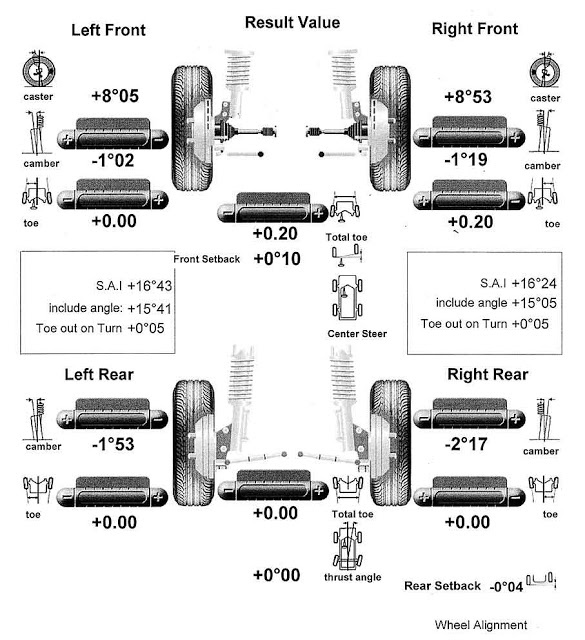
While they check alignment, consult with them on wheel balancing, as well. Vibrations can crop up from an out of balance tire, which in turn causes excessive tire wear. With so many components responsible for specific causes and subsequent affects, it’s a good idea to have all these exams and services performed at the same time.
Here’s how you can tell: Maybe your Ford drifts left or right, especially when you apply the brakes. Or you notice you need a lot of steering effort while driving down the highway to keep you in your lane. Or you may feel a bit of shimmy and shake from the steering wheel. These are all clear signs that you may need an alignment.
A vehicle out of alignment can result in excessive tire wear. When the wheels aren’t lined up straight, there’s a constant scuff that works against normal tread wear. You’ll notice that the tire tread is disappearing prematurely and unevenly across the tire’s surface. This also can cause a loss of traction, especially in wet conditions. Uneven tire wear, if ignored, can also contribute to premature tire failure or a blowout.
Uneven tire wear, if ignored, can also contribute to premature tire failure or a blowout.
Imperfections in the road surfaces could be your vehicle’s worst enemy in keeping proper alignment. If you regularly drive on poorly maintained roads or one riddled with potholes or accidentally hit a curb or a parking bumper, you may knock your Ford out of alignment.
But even before you take the car in, perform a check of your tire’s inflation. Having one tire measure substantially more or less than what the owner’s manual calls for could cause the same effect of drifting left or right or vibration in the steering.
Experts recommends an alignment check every six months or 6,000 miles, whichever comes first. Regardless, don’t let your vehicle go more than 10,000 miles without having someone check the alignment. It’s a good idea to have your tires checked for alignment bi-annually, or any time you have your tires rotated.
The other time you should absolutely have your tires aligned is when you replace them.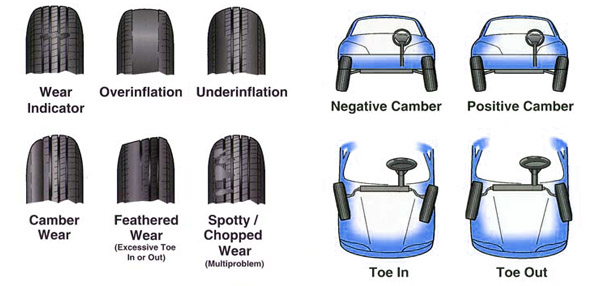 Properly balanced and aligned when placed on your vehicle, this will ensure they wear evenly from the start. Placing new tires on an improperly aligned vehicle will end up costing you more in the long run, because your new tires will continue to wear in the same manner as the previous set.
Properly balanced and aligned when placed on your vehicle, this will ensure they wear evenly from the start. Placing new tires on an improperly aligned vehicle will end up costing you more in the long run, because your new tires will continue to wear in the same manner as the previous set.
Monday, August 15, 2016 03:18:03 PM Europe/Moscow
Deformation is a change in the size or shape of a rigid body due to external forces.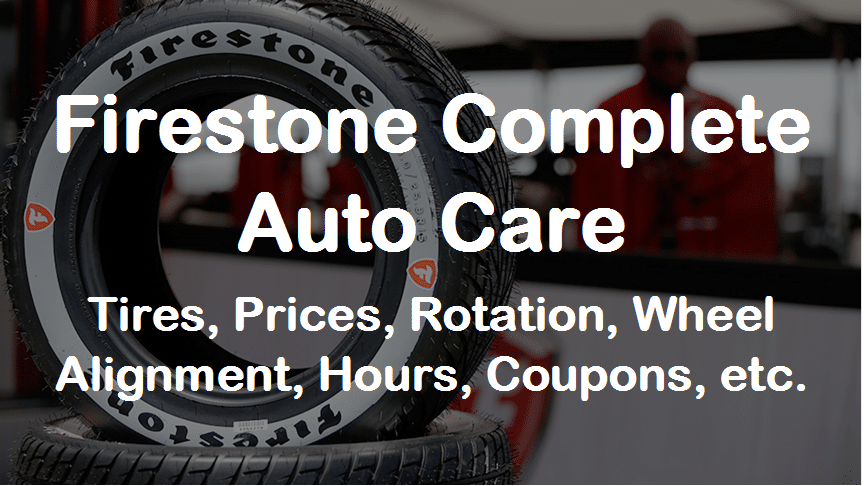 Applicable to tires, two types of deformation can be distinguished:
Applicable to tires, two types of deformation can be distinguished:
Functional deformation is one of the duties that a modern tire must fulfill. Namely, to deform, reducing the vibration and noise impact on the car and the driver, which occurs when the tire rolls on the road surface. The flexibility of the tire structure, as well as the correct pressure inside, allow the tire to perform this function without problems, while making a huge amount of deformation per unit of time without negative consequences.
Critical deformation is precisely characterized by the fact that it may result in complete or partial destruction of the tire, excluding its further use. Critical deformations include:
- warehouse;
- arising from prolonged standing of the car;
- resulting from driving with a pressure lower than recommended;
- shock with sidewall destruction.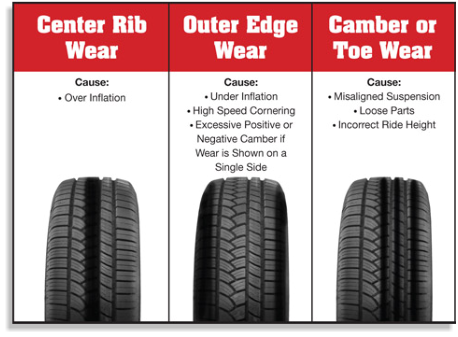
Tire deformation due to improper storage
The damage that a tire receives when the tire storage rules are violated is a fairly common operational damage that is not a consequence of the tire performing its functions. Among this type of critical deformations, the following tire damages occur:
- bead ring fracture that occurs during long-term storage of herringbone tires. Unfortunately, storage in this way is a very common practice, although tire manufacturers recommend using it only for the limited time needed to transport tires. A bead ring fracture is a non-repairable defect, and it is not recommended to install such tires on rims.
How to avoid:
New tires must be carefully inspected upon receipt. In addition, during long-term storage, it is recommended to put the tires on the tread, in a vertical position, using special racks that do not damage the tires.
- tire curvature when stacked . This method of storage is still common, and it is also especially dangerous for those tires that ended up at the bottom of the stack. And the higher this design, the more the lower tires suffer. Such storage can cause the tire to warp internally, which in turn can cause the tire to side-slip, as well as uncontrolled imbalance or vibration.
This method of storage is still common, and it is also especially dangerous for those tires that ended up at the bottom of the stack. And the higher this design, the more the lower tires suffer. Such storage can cause the tire to warp internally, which in turn can cause the tire to side-slip, as well as uncontrolled imbalance or vibration.
How to avoid :
Buy tires from professional tire shops and avoid stores with huge stacks of tires (more than four tires high) on the sales floor. Since the internal curvature of the tire cannot be seen with a visual inspection, and only a balancing machine will help identify the first signs of tire problems. Tire storage by the owner should also avoid stacking tires, even if the number of tires is limited to four.
Tire deformation that occurs when the car is parked for a long time
Few people know that tires can be damaged and from a long stay in an upright position , with air inside.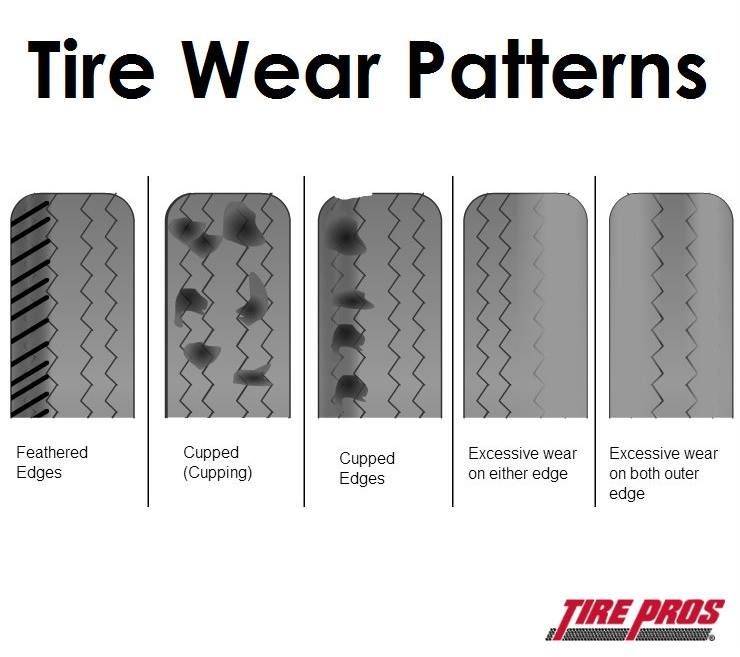 As a rule, this is possible when the car is parked in one place. This position deforms the tire, depriving it of a perfectly round shape. When driving on such a tire, vibrations and noise may occur. Non-repairable damage to the internal structure of the tire is also possible, especially for tires that have been in operation for a long time.
As a rule, this is possible when the car is parked in one place. This position deforms the tire, depriving it of a perfectly round shape. When driving on such a tire, vibrations and noise may occur. Non-repairable damage to the internal structure of the tire is also possible, especially for tires that have been in operation for a long time.
How to avoid:
The technical documents recommend limiting such extended stays to two days for fully loaded vehicles and ten days for unladen vehicles. If you need a longer parking of cars, you should reduce the load on the tires using stands or moving the car.
Tire deformation due to low pressure driving
One of the most common forms of critical deformation is irreversible tire change , which occurs due to the operation of a tire with low inflation pressure. Due to this insufficiency, normal working deformations become redundant, and the tire walls, not designed for excessive bending, begin to heat up beyond measure. Thus, the destruction of the tire itself begins. First, the sealing layer is destroyed: it begins to bulge on the inner surface of the junction of the sidewall and the treadmill, then it peels off, and a rubber coating is formed. Then the sidewall, exposed to the carcass threads, begins to crack, and the air leaves the tire. Further driving on such a tire can lead to a complete separation of the sidewall from the tread.
Thus, the destruction of the tire itself begins. First, the sealing layer is destroyed: it begins to bulge on the inner surface of the junction of the sidewall and the treadmill, then it peels off, and a rubber coating is formed. Then the sidewall, exposed to the carcass threads, begins to crack, and the air leaves the tire. Further driving on such a tire can lead to a complete separation of the sidewall from the tread.
How to avoid:
Monitor pressure. In addition to checking, you need to regularly change the valves, repair tires in a timely and high-quality manner, and avoid driving on damaged tires. Since all this can lead to a slow loss of pressure and to the appearance of a critical deformation of the tire.
Tire deformation under shock impact load
If the tire hits a hole , hits a foreign object on the road, deformation of the tire may occur, which can destroy the product at a time. If this happens at high speed, and the edges of the pit or object are sufficiently hard and sharp, then the chances of an instant destruction of the tire increase significantly. In such a situation, the sidewall of the tire is pinched between the rim and the surface, for example, in pits. The influence of other factors (speed, aggressiveness of the obstacle) leads to the appearance of an impact force that breaks several threads of the frame. The weakened part of the sidewall of the tire is easily deformed by internal pressure, and a hernia appears. Further operation of the tire is not recommended . It is worth noting that sometimes the rupture of the carcass threads is accompanied by a rupture of the inner and outer layers of the sidewall of the tire, leading to a loss of pressure, which, of course, excludes further repair of the tire and its use.
If this happens at high speed, and the edges of the pit or object are sufficiently hard and sharp, then the chances of an instant destruction of the tire increase significantly. In such a situation, the sidewall of the tire is pinched between the rim and the surface, for example, in pits. The influence of other factors (speed, aggressiveness of the obstacle) leads to the appearance of an impact force that breaks several threads of the frame. The weakened part of the sidewall of the tire is easily deformed by internal pressure, and a hernia appears. Further operation of the tire is not recommended . It is worth noting that sometimes the rupture of the carcass threads is accompanied by a rupture of the inner and outer layers of the sidewall of the tire, leading to a loss of pressure, which, of course, excludes further repair of the tire and its use.
How to avoid:
Carefully reduce your speed when driving on poorly paved sections of the road, avoid hitting curbs and other foreign objects.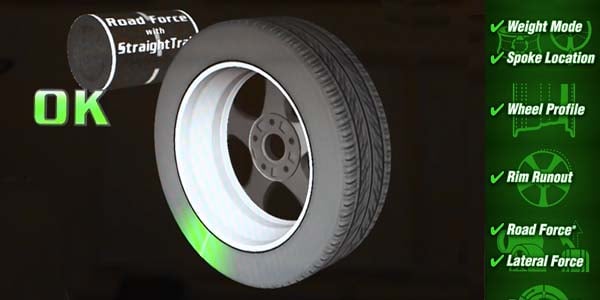 If bad roads are a fairly common occurrence, then it will not be out of place to pay attention to technologies that protect tires from damage. For example, Michelin uses IronFlex technology for some of its models (MICHELIN Energy XM2, X-Ice North 3, X-Ice 3), which reduces the chance of damage to the sidewall of the tire during shock deformation. For the same purpose, a double carcass is used for off-road tires of the Latitude family, which also reduces the likelihood of premature tire failure due to carcass damage.
If bad roads are a fairly common occurrence, then it will not be out of place to pay attention to technologies that protect tires from damage. For example, Michelin uses IronFlex technology for some of its models (MICHELIN Energy XM2, X-Ice North 3, X-Ice 3), which reduces the chance of damage to the sidewall of the tire during shock deformation. For the same purpose, a double carcass is used for off-road tires of the Latitude family, which also reduces the likelihood of premature tire failure due to carcass damage.
(
Updated:
04/02/2021
)
Contents of the article
Deformation of tires on a car affects safety and results in high costs. Such breakdowns are unpleasant, especially if the rubber is damaged after a short run.
Such breakdowns are unpleasant, especially if the rubber is damaged after a short run.
There are reasons why tires come in figure eights. These may be problems with the installation on the disk, the manufacturer, or the peculiarities of operation. This can be avoided with the help of timely service and regular checks of the condition of the wheels.
Each tire is designed for a certain period, so it should wear out evenly and lose the top layer gradually. You can determine the condition of the rubber by special markers - hidden marks that appear during operation. They help identify tread depth and wear patterns. If the marks appear non-simultaneously, you should pay attention to the condition of the wheel.
If driving a car has become uncomfortable, the car pulls to the side or swings strongly at high speed, it is worth carrying out maintenance and eliminating possible vehicle malfunctions. Why does it drive rubber and the tire is turned out with a figure eight?
Why does it drive rubber and the tire is turned out with a figure eight?
It is difficult to answer this question unambiguously, since the reason may be:
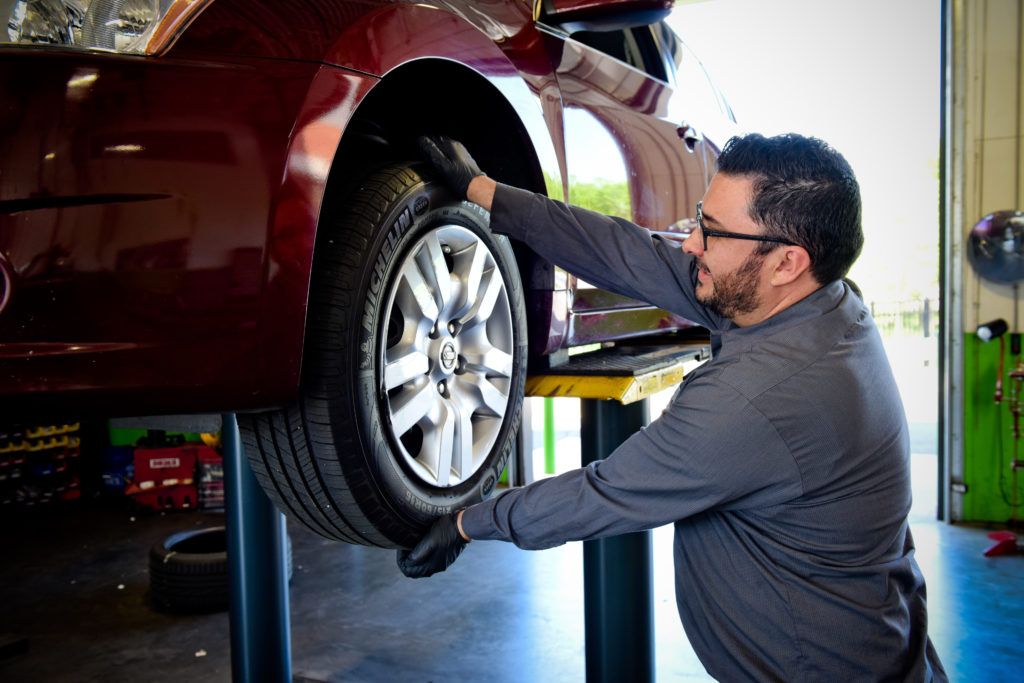 Thanks to direct locking, in the event of an accident, the reference points begin to lead, and they shift the factory dimensions. Riding with broken geometry is unsafe. Such consequences reduce the strength of the body, spoil the condition of the rubber.
Thanks to direct locking, in the event of an accident, the reference points begin to lead, and they shift the factory dimensions. Riding with broken geometry is unsafe. Such consequences reduce the strength of the body, spoil the condition of the rubber. Summer Drive Protection Sound Comfort
Rating:
4.5
Tires Goodyear Eagle F1 Asymmetric 3 SUV
Summer Drive protection
Rating:
4.5
Tires Goodyear Eagle Sport TZ
Summer Drive protection
Rating:
4.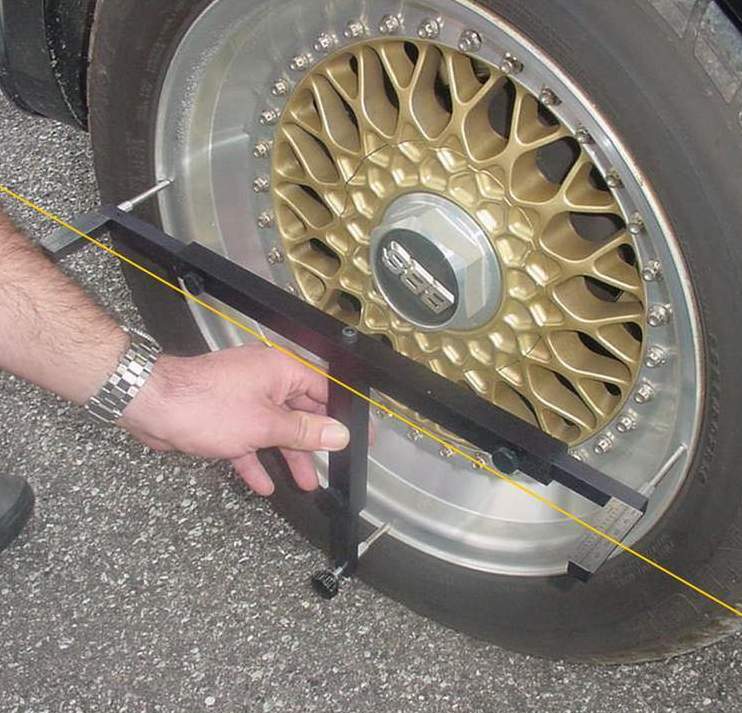 5
5
Tires Goodyear EfficientGrip 2 SUV
Summer Drive Protection Run On Flat
Rating:
4.5
Tires Goodyear EfficientGrip Performance
Winter Drive protection
Tires Goodyear UltraGrip Arctic 2 SUV
Winter Drive Protection Sound Comfort
Rating:
4.5
Tires Goodyear UltraGrip Ice 2
Winter Drive Protection Sound Comfort
Rating:
4.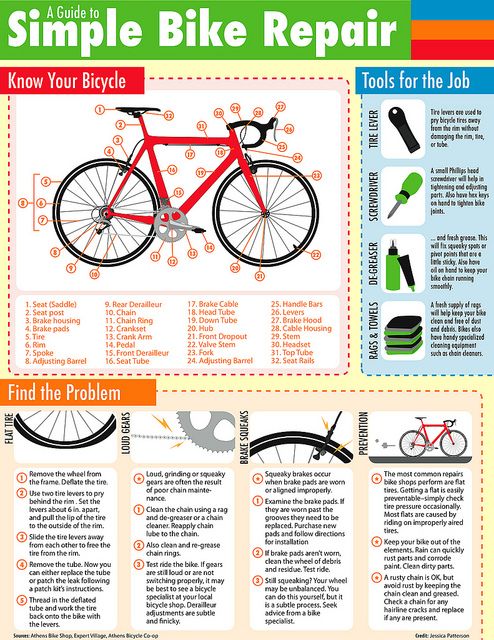 5
5
Tires Goodyear UltraGrip Ice SUV
Winter Drive protection
Tires Goodyear UltraGrip Performance+ SUV
All season Drive protection
Rating:
5
Tires Goodyear Vector 4Seasons Gen-3 SUV
Summer Drive Protection Run On Flat
Rating:
4
Tires Goodyear Wrangler HP All Weather
All season Drive protection
Rating:
4.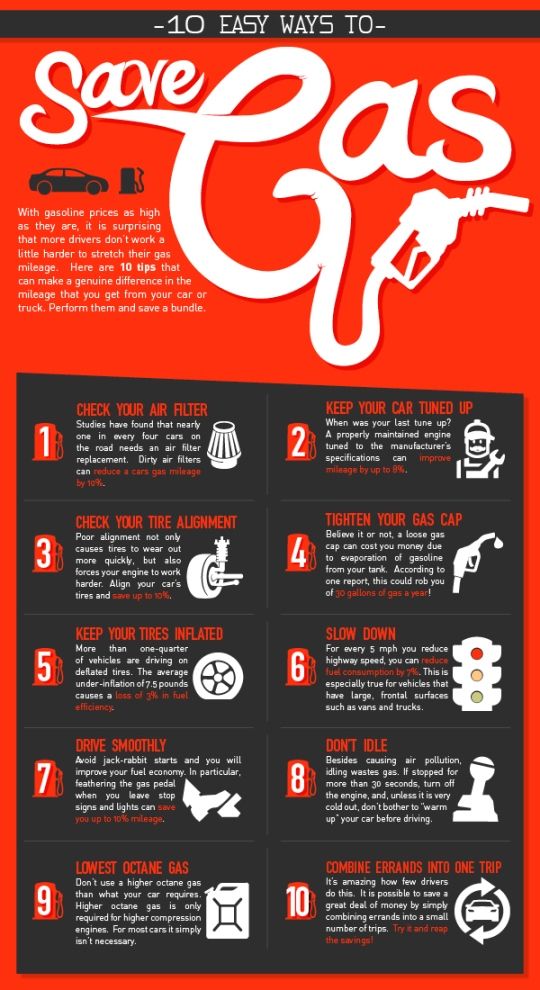 5
5
Tires Goodyear Vector 4Seasons
Summer
Rating:
4.5
Tires Goodyear Wrangler All-Terrain Adventure with Kevlar
Summer Drive protection
Rating:
4.5
Tires Goodyear EfficientGrip SUV
Summer Drive Protection Run On Flat
Rating:
4
Tires Goodyear Eagle F1 Asymmetric SUV
There is functional and critical wheel deformation.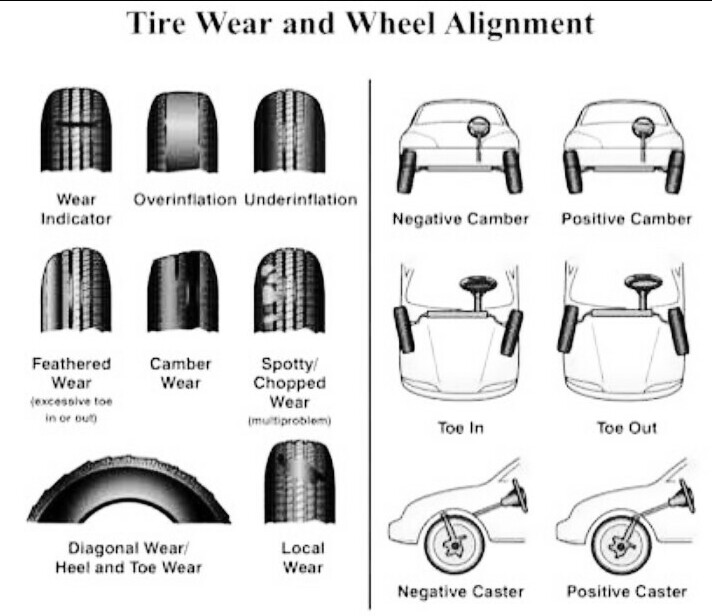 If the first is laid down by the manufacturer, is responsible for the deformation of the base, reducing vibration and extraneous effects on the machine, then the second leads to the destruction of rubber. Critical deformation can occur in a warehouse due to improper storage, long-term parking of the car, driving at low pressure, rupture of the side part.
If the first is laid down by the manufacturer, is responsible for the deformation of the base, reducing vibration and extraneous effects on the machine, then the second leads to the destruction of rubber. Critical deformation can occur in a warehouse due to improper storage, long-term parking of the car, driving at low pressure, rupture of the side part.
Consider the main reasons for the failure of the wheels and the appearance of the eight:
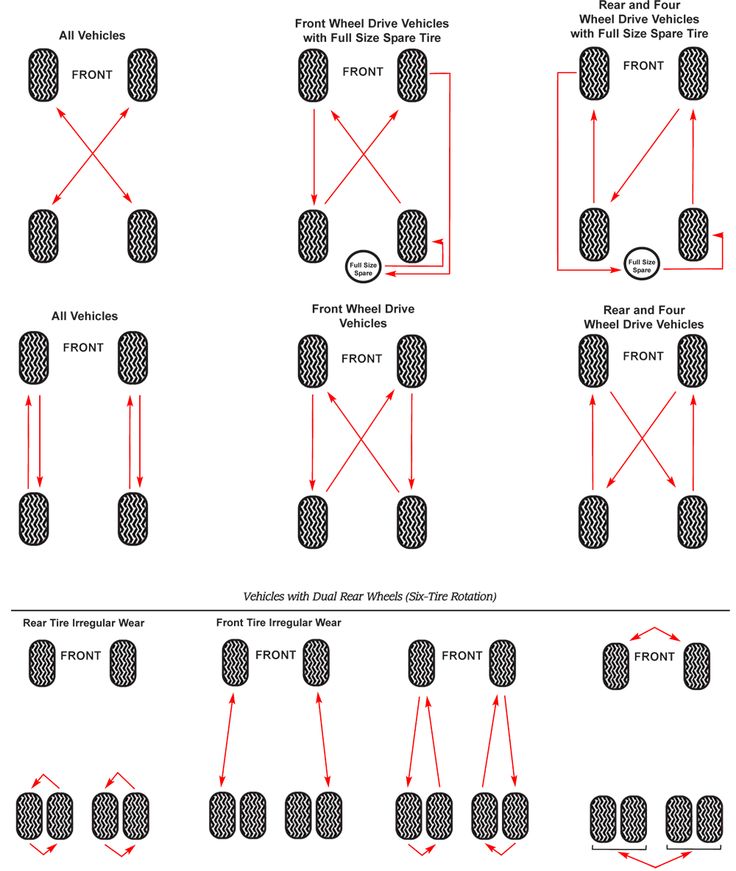 To prevent damage, it is enough to monitor the pressure. In case of damage, you need to align the disc, pump up the tire or replace if the damage is critical.
To prevent damage, it is enough to monitor the pressure. In case of damage, you need to align the disc, pump up the tire or replace if the damage is critical.
The tire will last a long time, if you follow the recommendations of the manufacturers, regularly monitor the pressure, remove foreign objects from the tread, drive carefully on bad roads. To check the condition, you do not need to constantly remove the tires. A quick inspection is enough, studying wear using indicators that are located in the side part and on the tread. If you find that the tire has gone screw, and the car began to drive to the side, contact the service center.